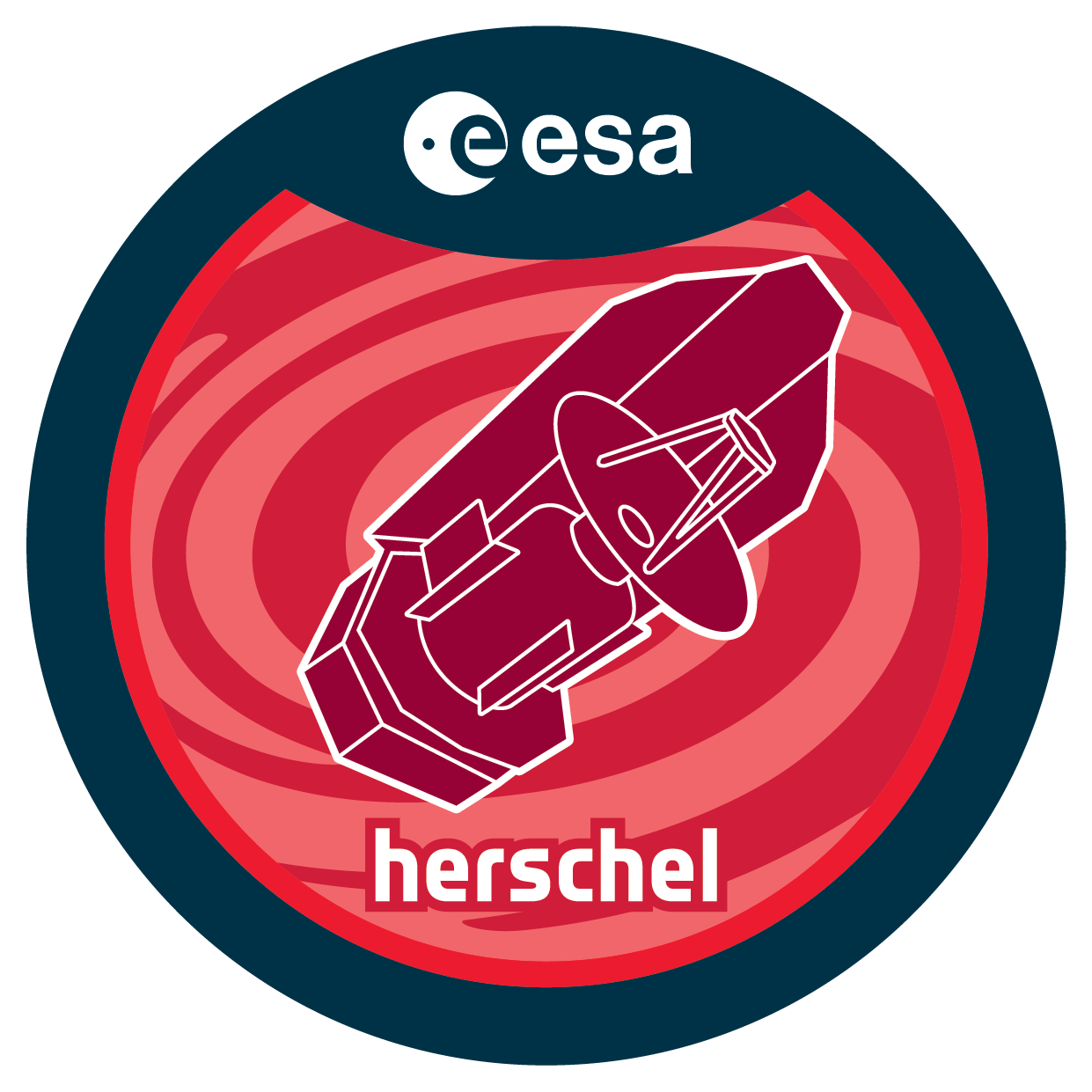

| Name | OT1_mhogerhe_1 |
| Title | Deep HIFI searches for cold water vapor in protoplanetary disks |
| URL | http://archives.esac.esa.int/hsa/whsa-tap-server/data?retrieval_type=OBSERVATION&observation_id=1342235094&instrument_name=HIFI&product_level=LEVEL0&compress=true |
| DOI | https://doi.org/10.5270/esa-vsw96sn |
| Author | hogerheijde, m. |
| Description | Water vapor inside planet-forming disks is expected to show largevariations. In the warm (~200 K) inner few AU of the disk all oxygenis locked up in water vapor. In the colder outer region water quicklyfreezes out onto dust grains. However, efficient photodesorption bystellar ultraviolet radiation will return an appreciable fraction backinto the gas phase in the upper disk layers. This coupled waterice/vapor system explains the Spitzer observations of warm water inseveral disks, and predicts the presence of cold water vapor in theouter disk.Through the Water in Star Forming Regions (WISH) Key Program, wehave recently clearly detected the groundstate line of cold watervapor to TW Hya and very tentatively detected it to DM Tau. Both linesare factors 10-50 weaker than expected. We hypothesize that up to 99%of icy grains have settled to the disks midplane thus freeze dryingthe upper disk layers.The WISH data do not go deep enough to probe cold water vapor contentnow that we know that the outer disk is freeze-dried. The only cleardetection is TW Hya, which has a distance of only 51 pc. At moretypical distances of 100-140 pc, line strengths are lower by factors5-8, beyond the sensitivity of WISH.We propose much deeper HIFI observations of the H2O 110-101 line at557 GHz of four targets: DM Tau (to confirm or reject WISHs verytentative detection), and HD100546, HD163296, and AA Tau. These disksare, after TW Hya, the closest and largest disks that offer the bestchances of detection. Because of the sensitivity of H2O 110-101 tocold water vapor in the outer disk, our observations probe as-of-yetunexplored grain settling in the outer disk and enrichment of themidplane with icy grains. This can boost planet formation, since icygrains coagulate more easily.Our proposal also contains a small request for velocity-resolved CO10-9 observations with HIFI to study warm (~200 K) gas in these fourdisks, and investigate if preferential settling of icy grains alsoaffects CO. |
| Publication | |
| Instrument | HIFI_HifiPoint_dbs |
| Temporal Coverage | 2011-12-23T15:57:04Z/2012-09-06T16:35:47Z |
| Version | SPG v14.1.0 |
| Mission Description | Herschel was launched on 14 May 2009! It is the fourth cornerstone mission in the ESA science programme. With a 3.5 m Cassegrain telescope it is the largest space telescope ever launched. It is performing photometry and spectroscopy in approximately the 55-671 µm range, bridging the gap between earlier infrared space missions and groundbased facilities. |
| Creator Contact | https://support.cosmos.esa.int/h®erschel/ |
| Date Published | 2013-03-06T11:15:02Z |
| Last Update | 2025-01-24 |
| Keywords | Herschel, HSC, submillimetre, far-infrared, HIFI, PACS, SPIRE |
| Publisher And Registrant | European Space Agency |
| Credit Guidelines | European Space Agency, hogerheijde et al., 2013, 'Deep HIFI searches for cold water vapor in protoplanetary disks', SPG v14.1.0, European Space Agency, https://doi.org/10.5270/esa-vsw96sn |